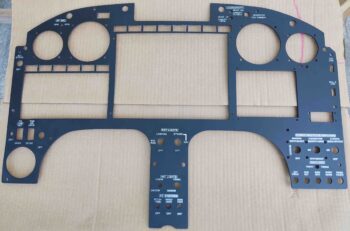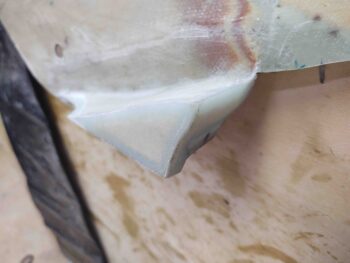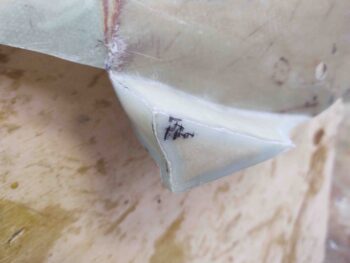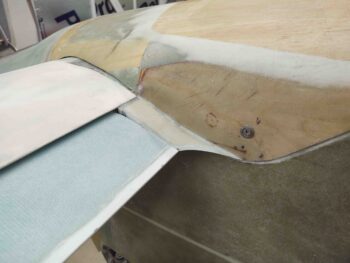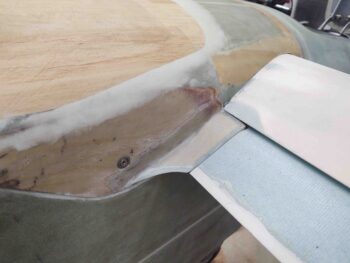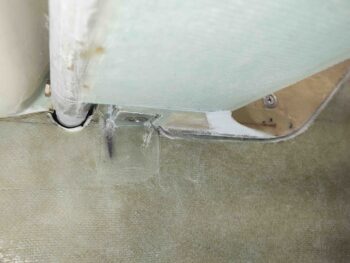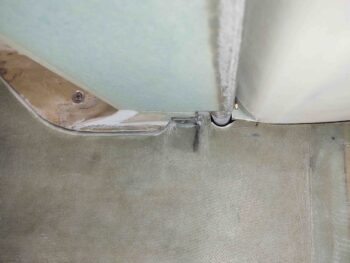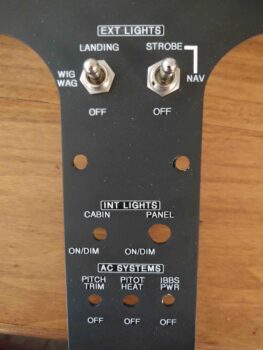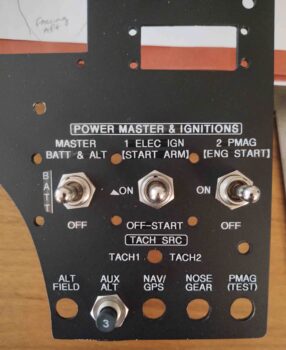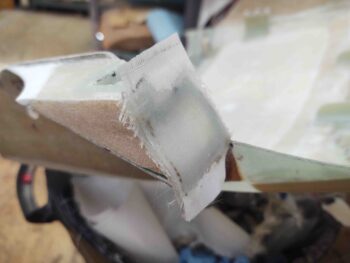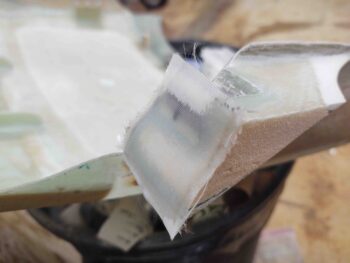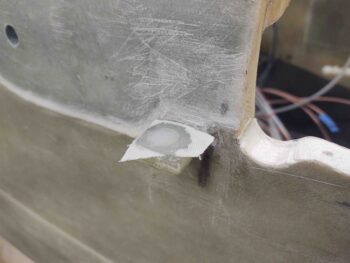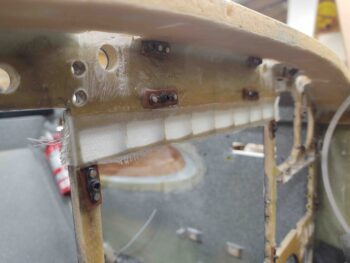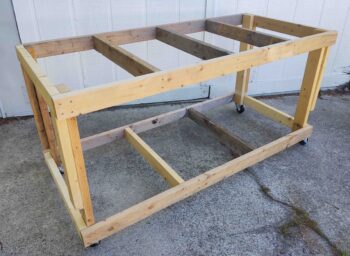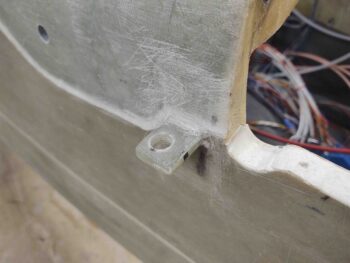Today I spent a good number of hours, up until late afternoon, in finishing up the labeling of the instrument panel.
I then did a final clean and check of both panel and labels before clear coating it.
I started by “misting” the panel, specifically the labels, to get them prepared to receive a normal medium application of clear coat. After a couple of rounds of misting, with about 10-15 wait time in between each coat, I then hit it with 2 medium coats of clear.
I waited a good 6-7 hours until the clear coat had cured to the point it could be handled normally, and then installed it into the panel. I then spent nearly another 3 hours populating the panel with switches, avionics, components, etc.
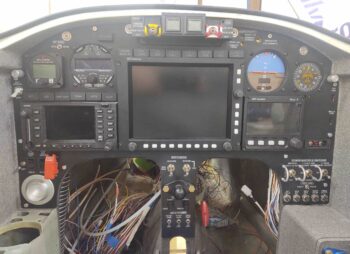 Again, the labeling isn’t perfect, but I’m very happy with it and it definitely supports my “Industrial Chic” aircraft interior design . . . ha!
Again, the labeling isn’t perfect, but I’m very happy with it and it definitely supports my “Industrial Chic” aircraft interior design . . . ha!
Tomorrow I plan on making a video covering both the just-completed instrument panel and the just-completed aft nose/avionics cover, which includes the finished elevator fairings.

